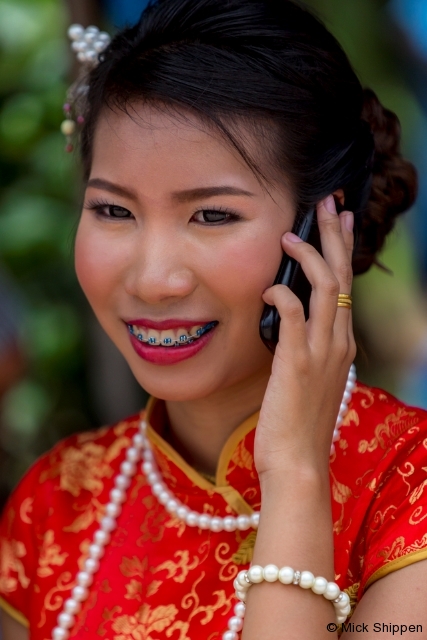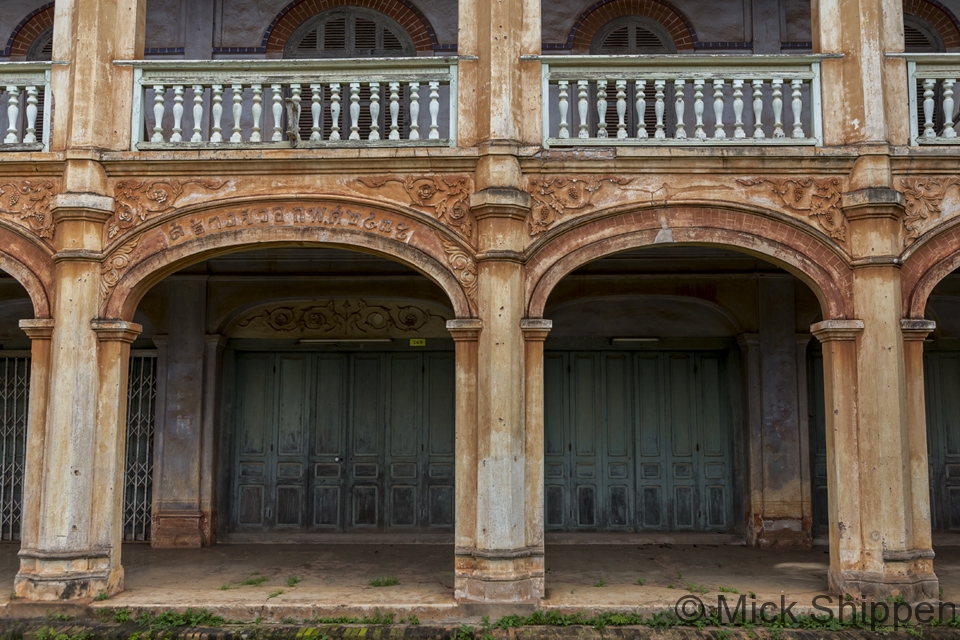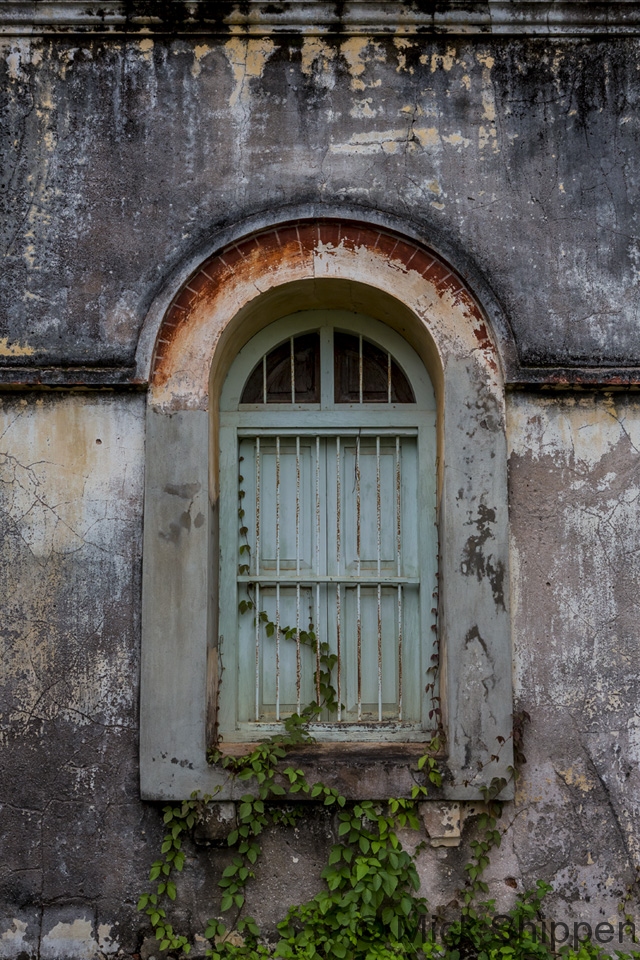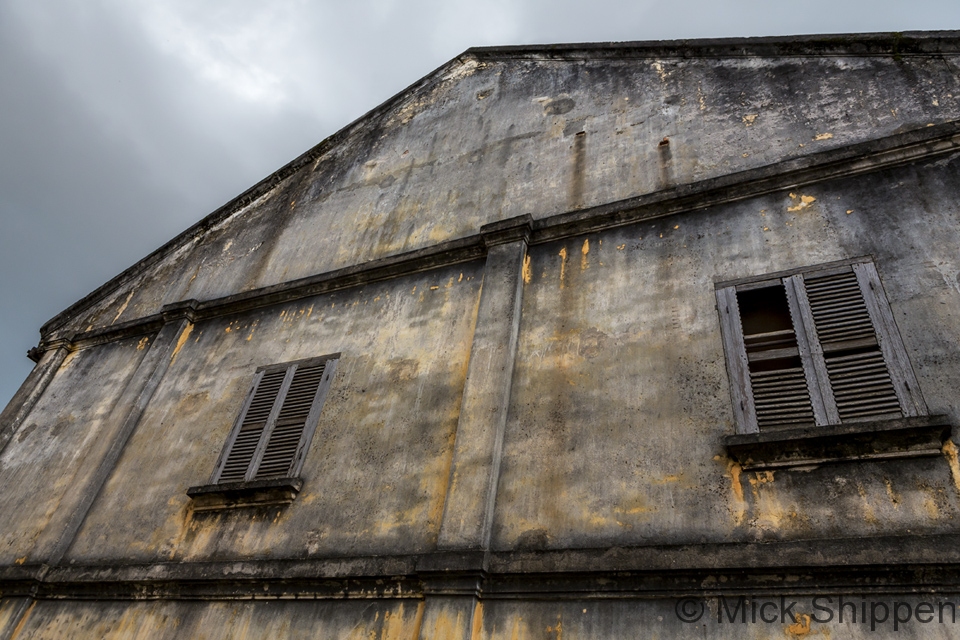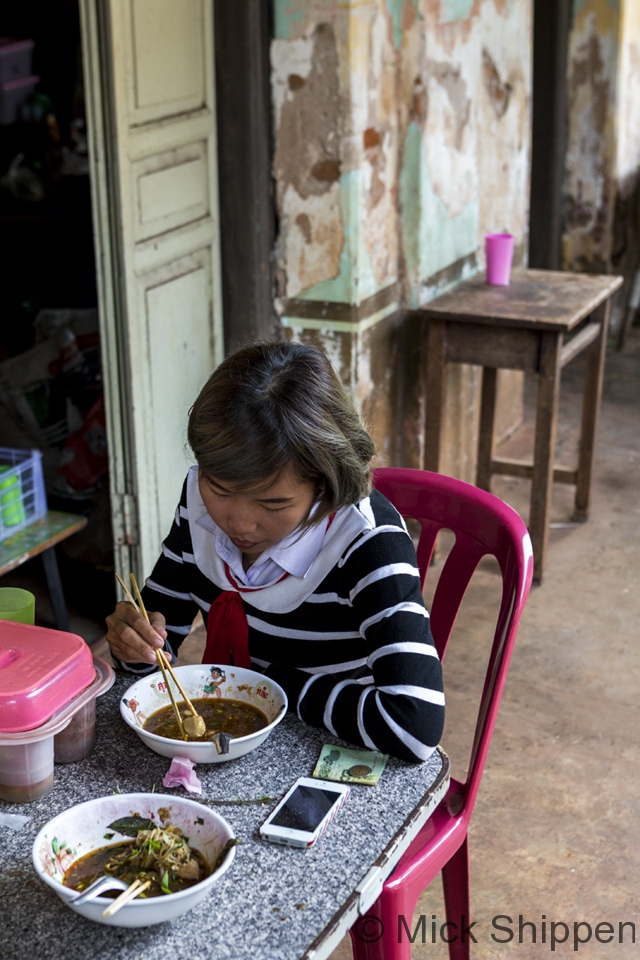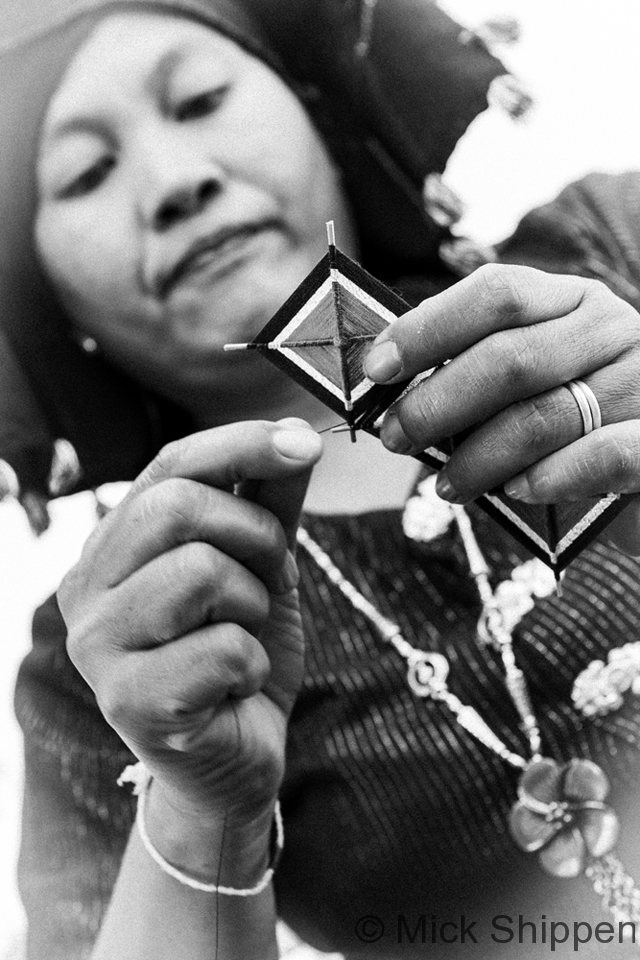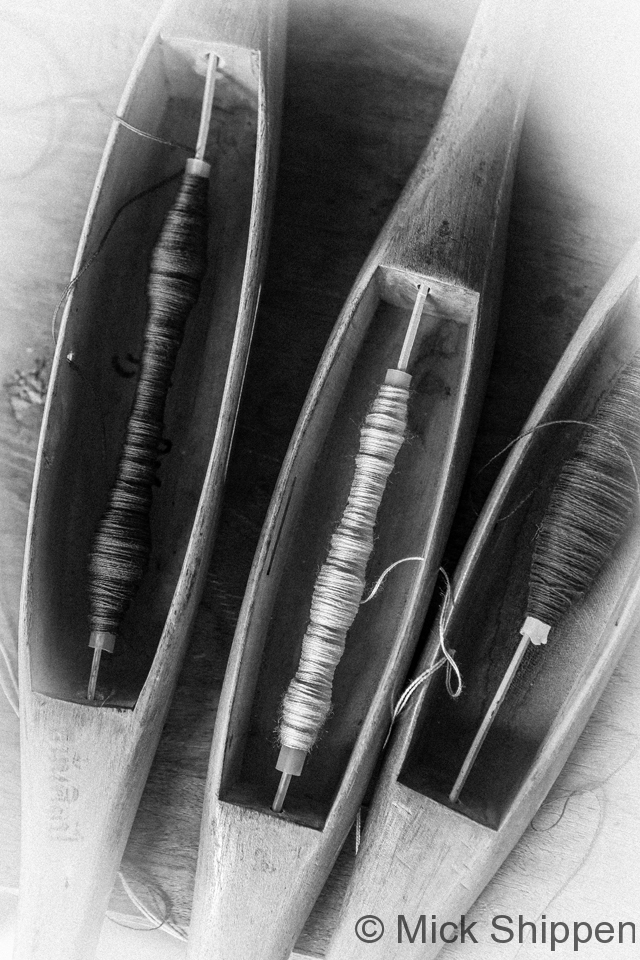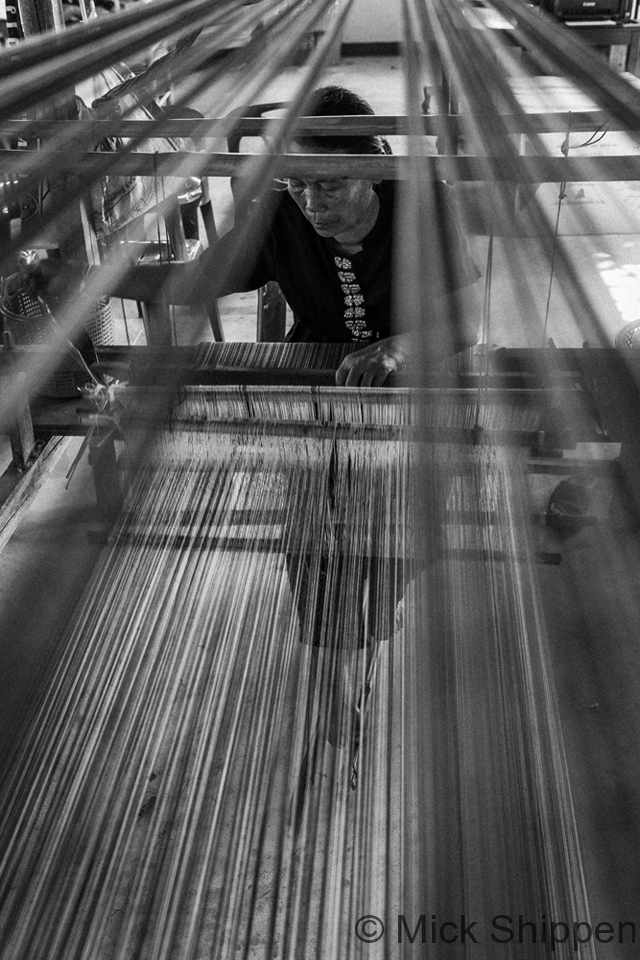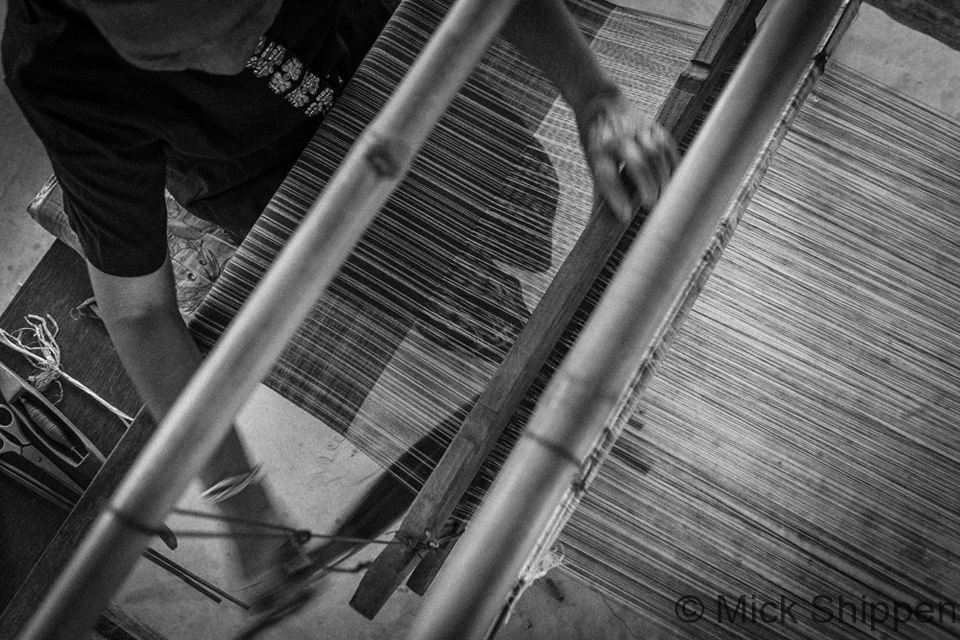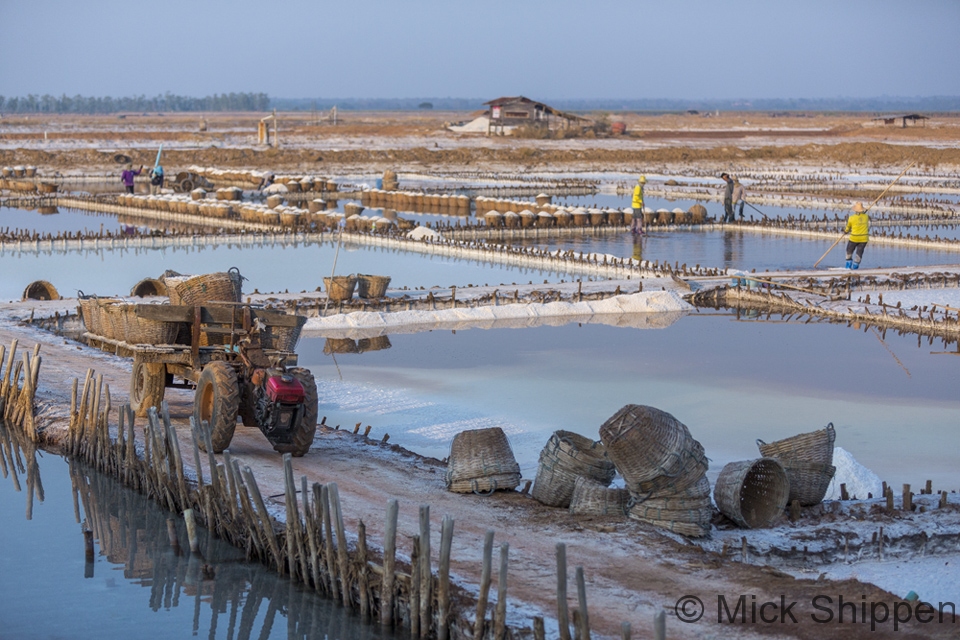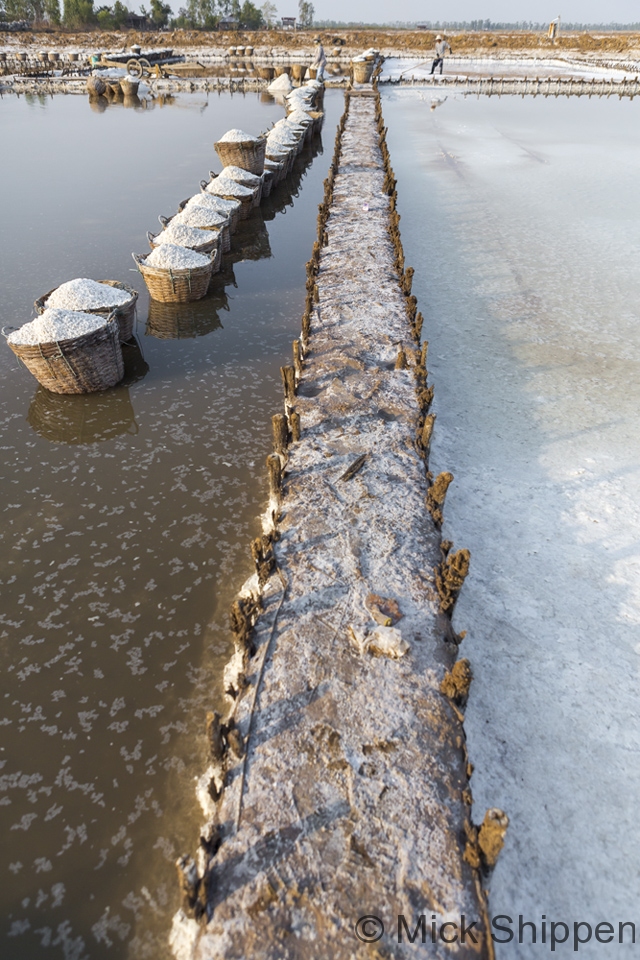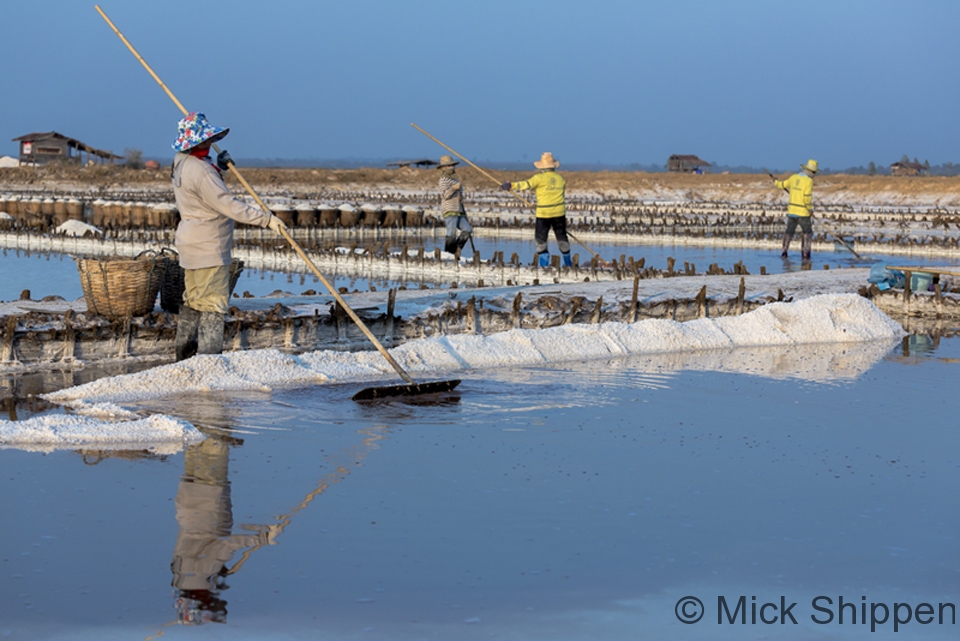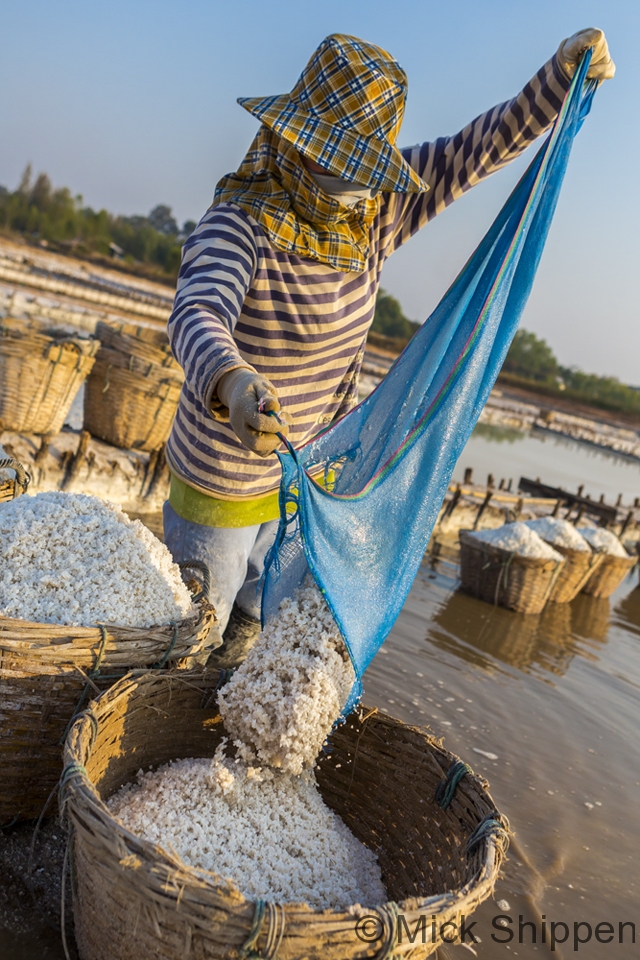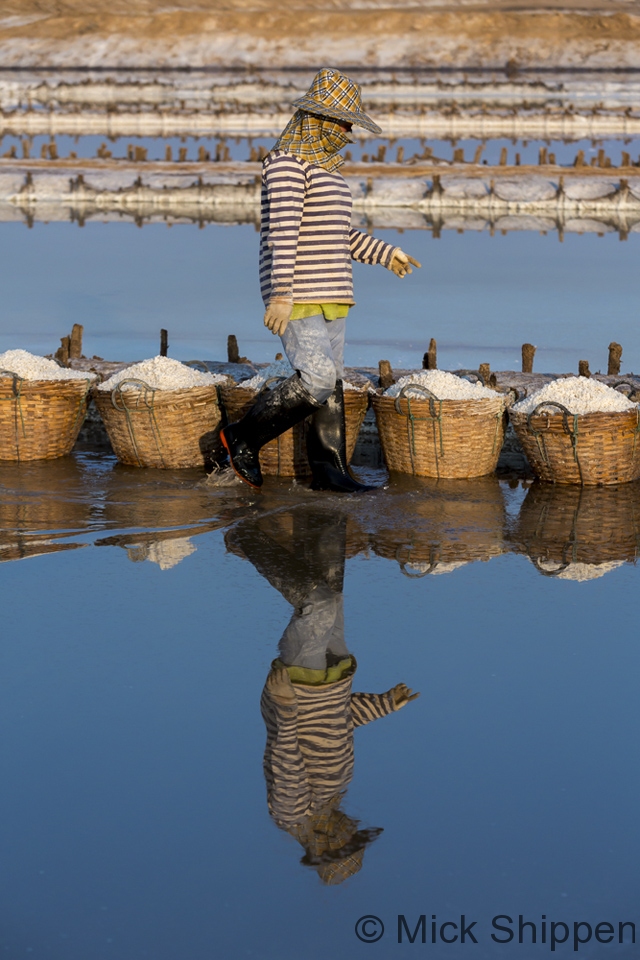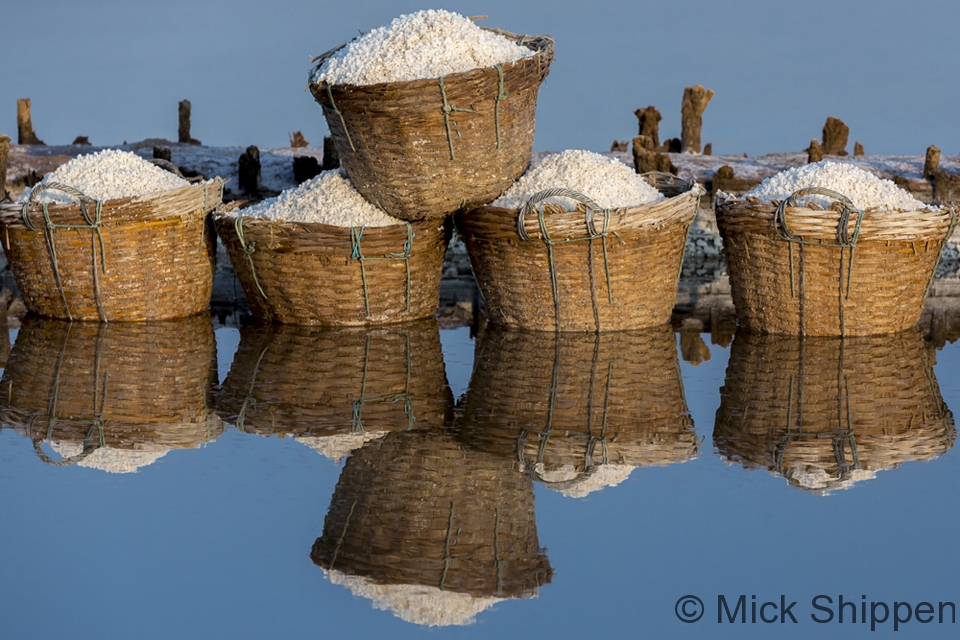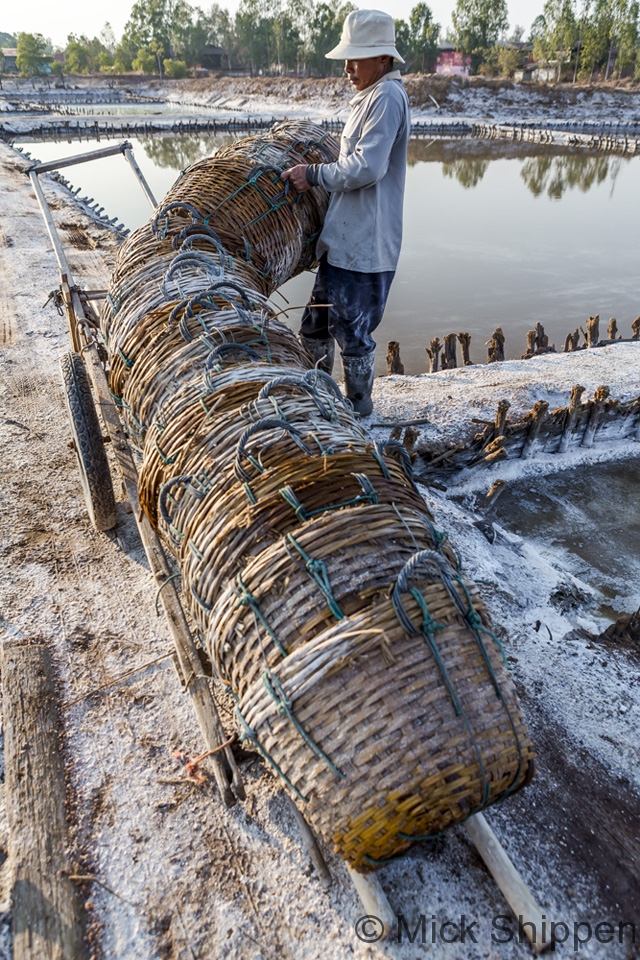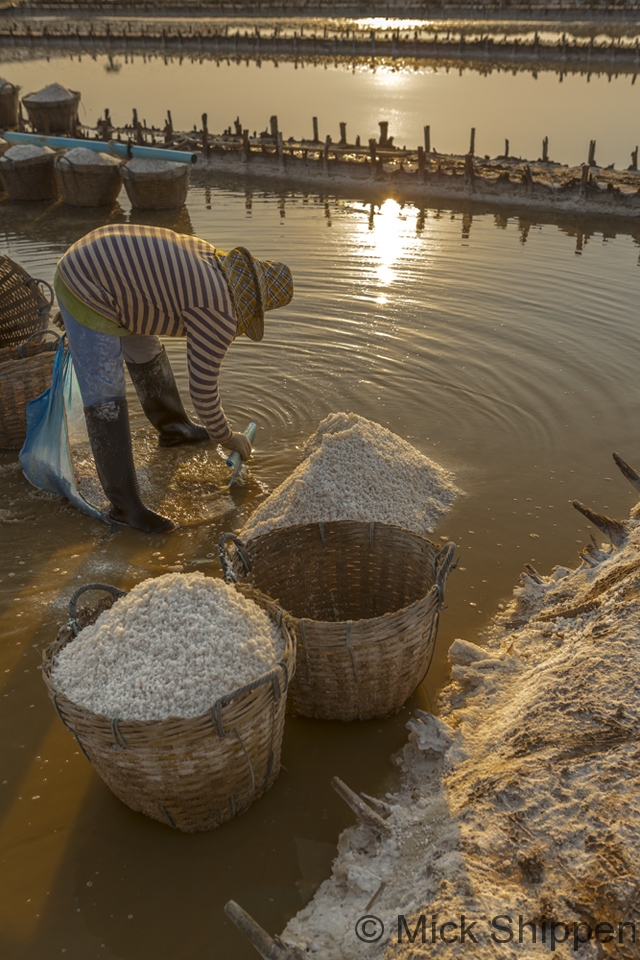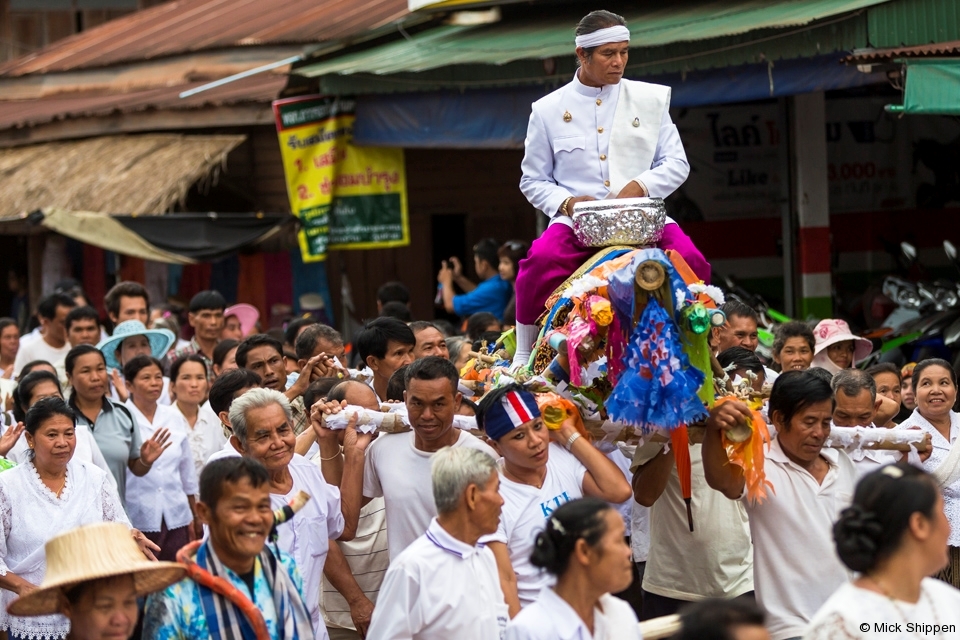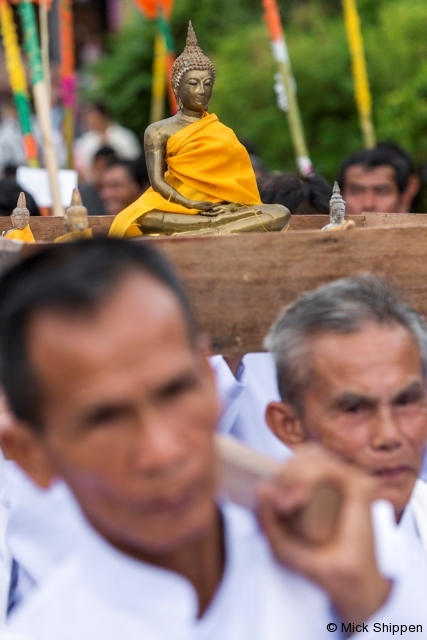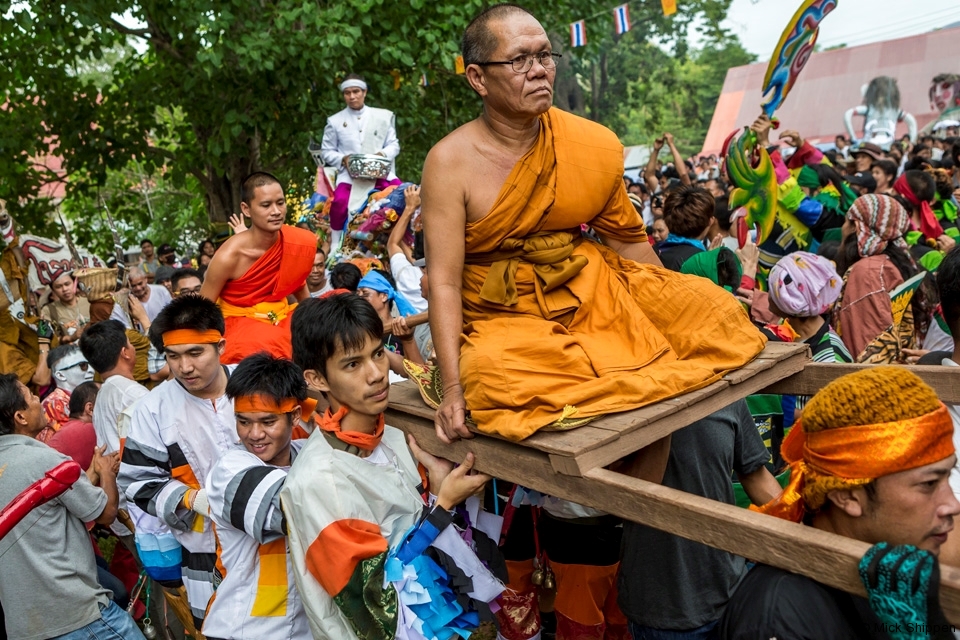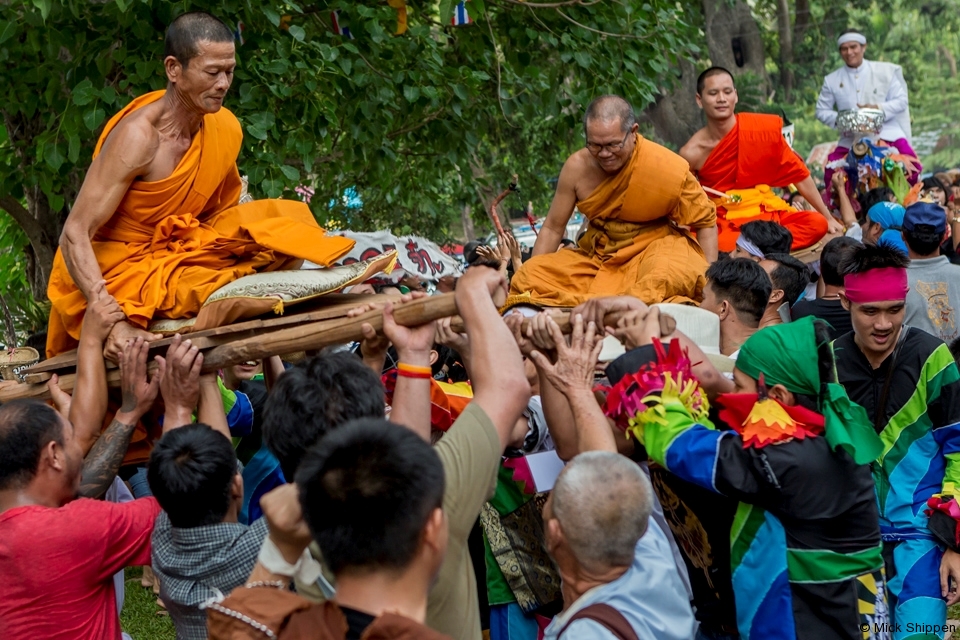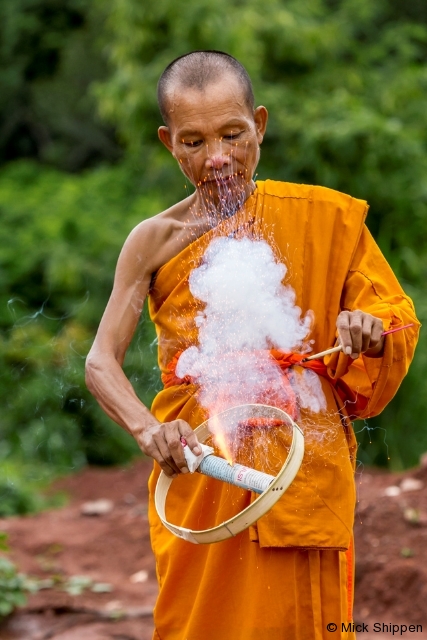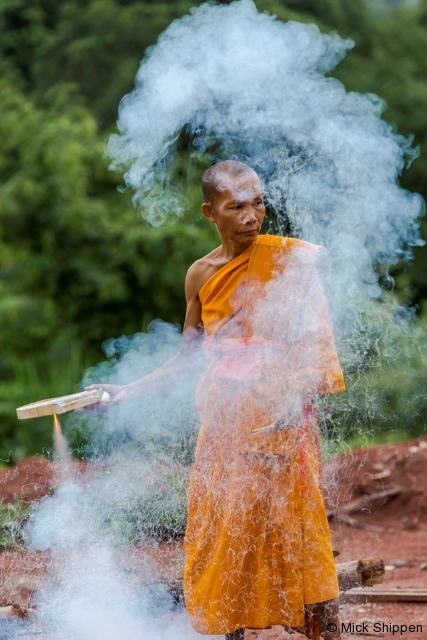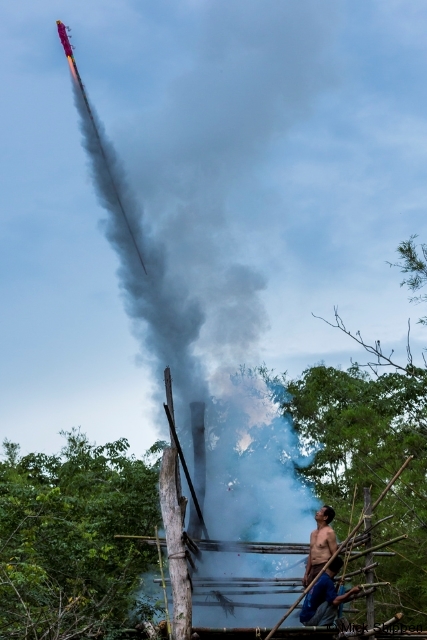I’ve recently returned from one of Issan’s most colourful annual events, the Phi Ta Kon ghost festival. It was my first visit for more than a decade so I was interested to see how it had changed. I was joined by Richard Barrow and we had a great snapping the event and eating good Thai food.
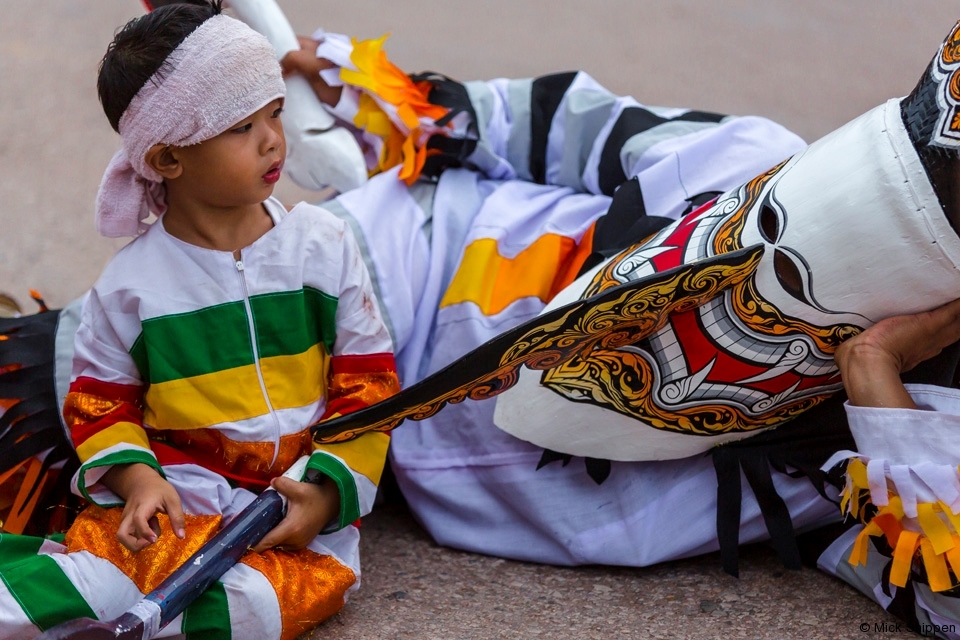
The festival is a celebration of the return of Prince Vessandorn, the penultimate incarnation of the Lord Buddha. The story goes that his prolonged absence had been taken as a sign that he had forsaken the people. When he eventually reappeared, they were overcome with emotion, and rushed into the streets to celebrate. Unable to contain their excitement, the noise from the cheering and laughter proved loud enough to rend the skies and waken the dead. Out of the forest came pi tam khon – the ‘ghosts that follow people’ – eager to join the festivities and show their respect to Prince Vessandorn.
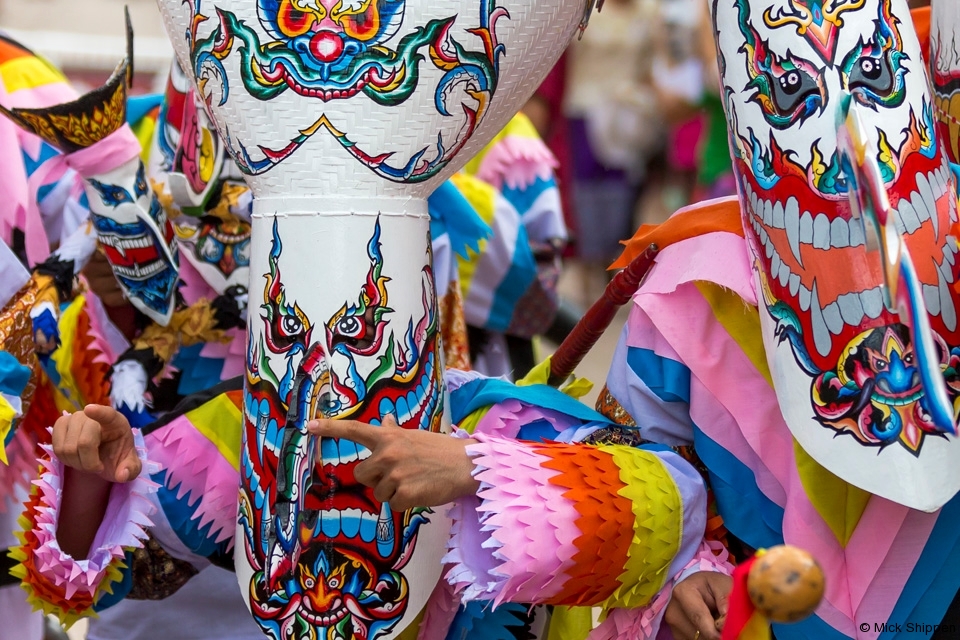
Over the years, a little semantic shift has taken place and the phi tam khon have become phi ta kon or the ‘ghosts wearing masks’. Under the guidance of headman and shaman, Jao Paw Guan, the people don masks to conceal their identity and welcome the annual return of the spirits by joining them in a boisterous parade through the town. I recall interviewing Jao Paw Kuan years ago for an article I wrote on the festival and it was great to see him in good health and still leading the event.
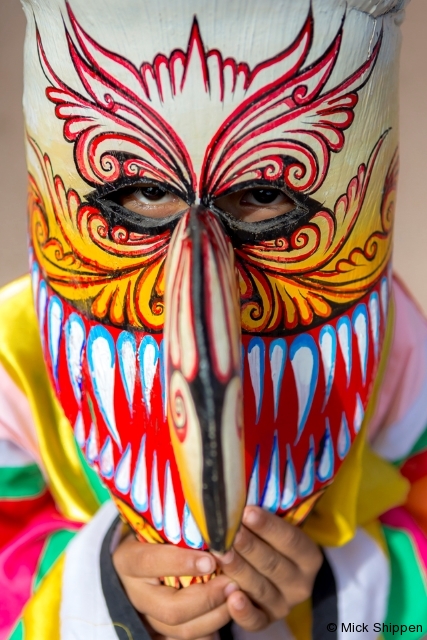
Originally the masks were made from sticky rice baskets decorated with simple faces. Today, cheap throwaway masks are no longer in vogue. Members of the present-day ghostly cortege take their craft very seriously.
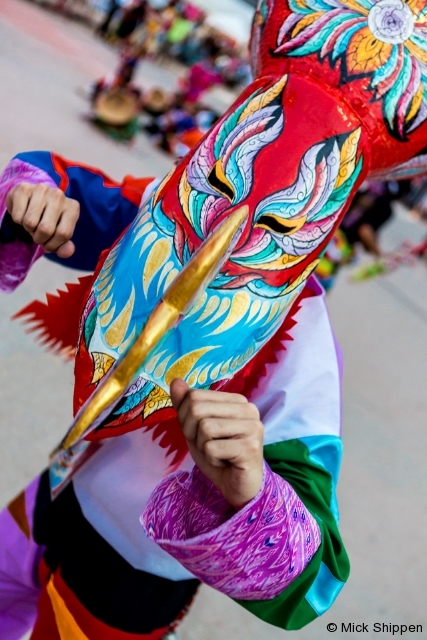
What were once almost childlike creations have evolved into an elaborate form of artistic expression. The sticky rice basket is still used but for the main elongated face a dried frond from a coconut palm is used and the features, particularly the nose, have become extremely exaggerated.
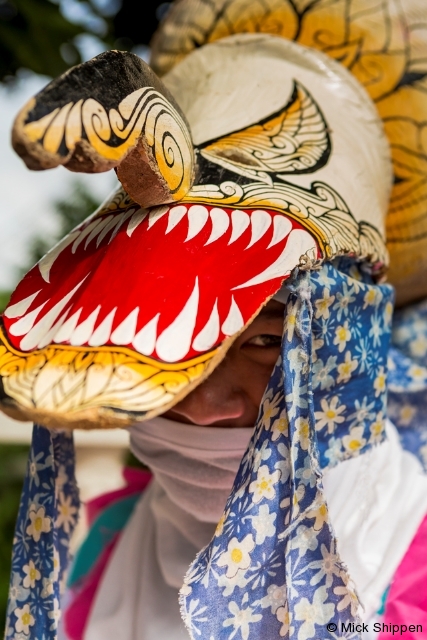
To even the most casual observer or armchair anthropologist the festival’s connection to fertility – of the land and no doubt the townsfolk – through attempts to provoke the clouds into unleashing the season’s rain, is obvious. The procession is led by the phi ta kon yai, a pair of enormous ghost effigies both of which stand, undeniably and shamelessly, stark naked.
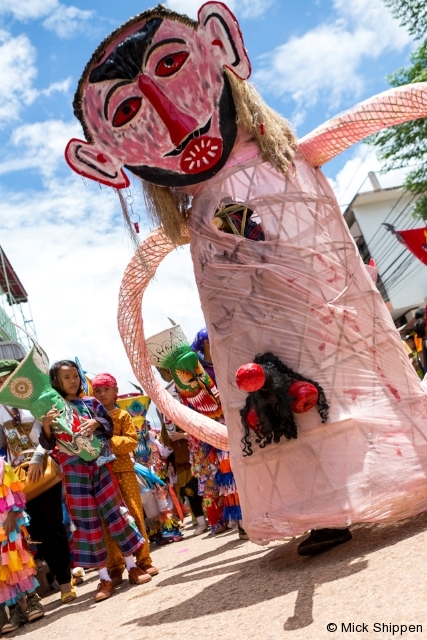
In addition, many of the villagers carry with them wooden phallic symbols; the belief being that if a touch of good humoured vulgarity is brought to bear on the proceedings it will encourage fon tok fa pa – rain and thunder. To this end, irascible homemade rockets are also fired into the sky.
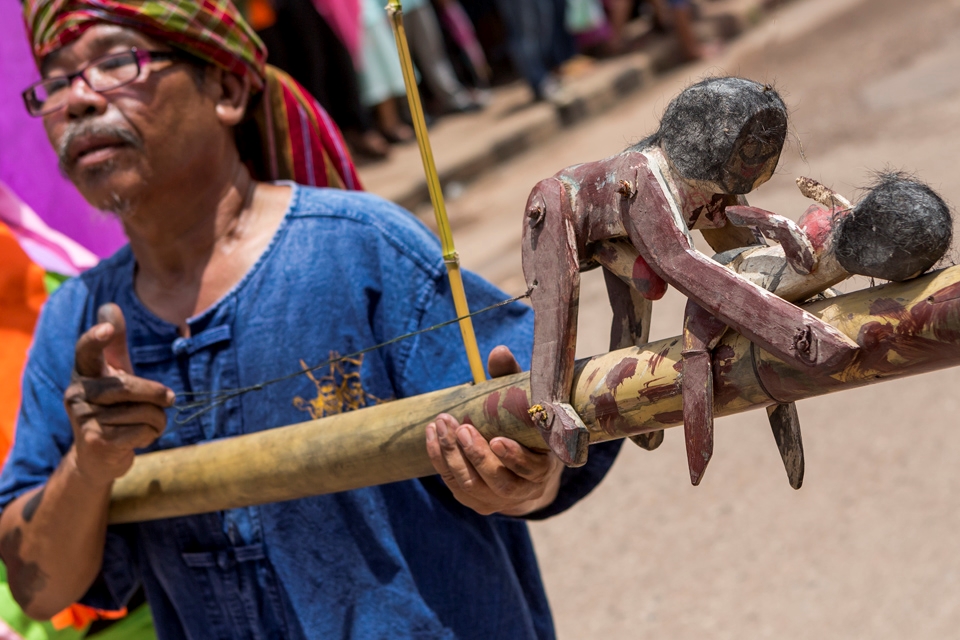
When the event is over, it is considered bad luck to keep the masks so they are discarded by throwing them into the river as part of a religious ceremony. However, some of Dan Sai’s renowned artists also sell the best ones for thousands of baht at the end of the festival.

As with most Thai festivals, there’s also plenty of beautiful young girls turning heads in the parade.
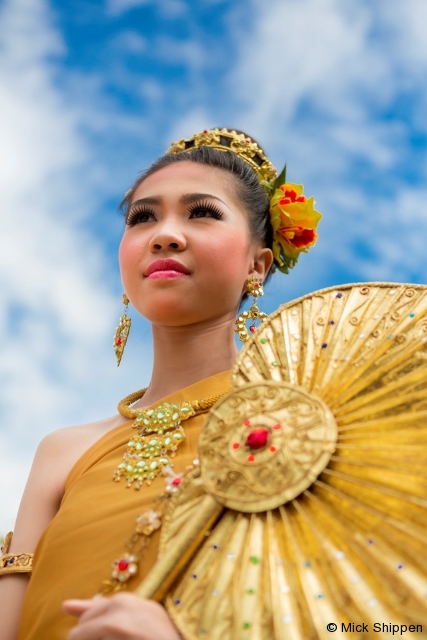
I was happy to discover that although the Phi Ta Kon festival had become a little more commercial, and less high spirited, that is, less fuelled by rice whisky and phallus waving than in the past, it’s still one of Issan’s most interesting events and highly recommended.
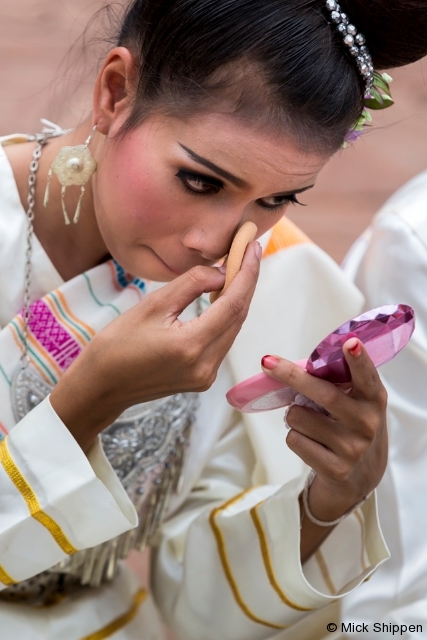
There’ll be more images over the next day or day about the religious parade led by Jao Paw Guan that also takes place at the Phi Ta Kon festival.
